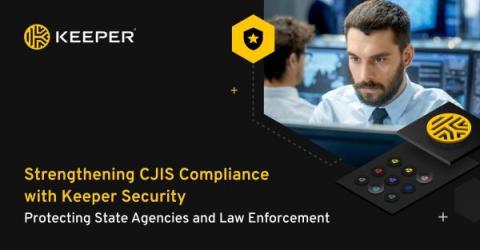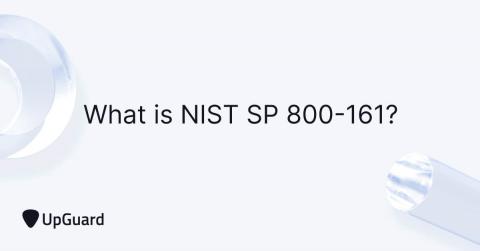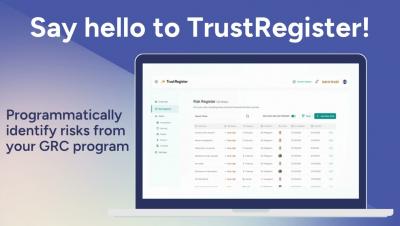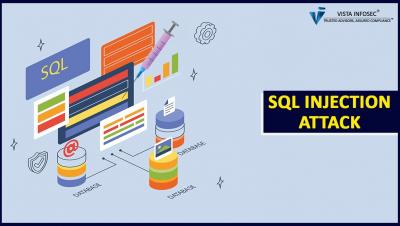Security | Threat Detection | Cyberattacks | DevSecOps | Compliance
Compliance
Strengthening CJIS Compliance with Keeper Security: Protecting State Agencies and Law Enforcement
In November 2022, the Criminal Justice Information Services (CJIS) division of the FBI updated its cybersecurity policy, impacting state agencies, police departments, and other organizations that handle Criminal Justice Information (CJI). The updated policy poses challenges for organizations, especially smaller ones, to maintain compliance due to limited resources, lack of expertise and the policy’s complexity.
What Is Cybersecurity Compliance? An Industry Guide
If you operate in specific sectors, cybersecurity maturity is more than a best practice, it’s a regulatory requirement. These regulations are complex and constantly changing. To help you better understand your organization's regulatory environment and the standards and controls they stipulate, let's break down key cyber compliance regulations by industry.
What is NIST 800-161? Guide & Compliance Tips
New National Cybersecurity Strategy Will Require Compliance, Collaboration
The Biden administration’s recently released National Cybersecurity Strategy goes beyond the executive order it issued in 2021, which defined security measures any organization doing business with the federal government must follow.
The Next Generation of Risk Registers is Here
A risk register is a tool used to manage potential problems or risks within an organization. It helps to identify and prioritize risks, their likelihood of occurrence, and provides ways to mitigate them. Risk registers allow you to play offense and defense – you’re proactively planning for potential challenges and minimizing their impact on your project’s success in the event that the roadmap does veer off course.











